About 1.2 miles beneath Antarctica, an underground observatory is hunting for “ghost particles.” What it finds could reveal the unseen heart of a distant galaxy.


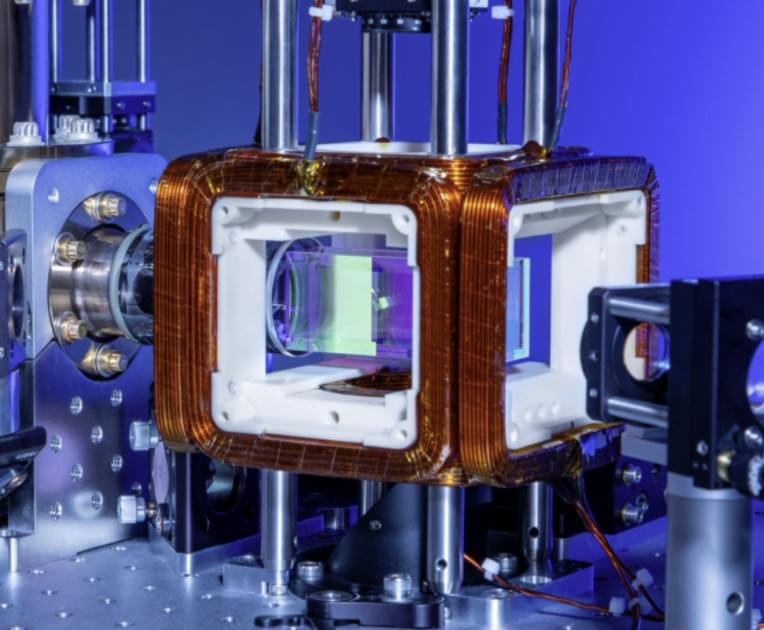
Quantum researchers require access to different types of quantum hardware from digital, also known as gate-based, quantum processing units (QPUs) to analog devices that are capable of addressing specific problems that are hard to solve using classical computers. Today, Amazon Braket, the quantum computing service from AWS, continues to deliver on its commitment to provide that choice by launching Aquila, pictured in Figure 1 below, a new neutral-atom QPU from QuEra Computing with up to 256 qubits. As a special purpose device designed for solving optimization problems and simulating quantum phenomena in nature, it enables researchers to explore a new analog paradigm of quantum computing.
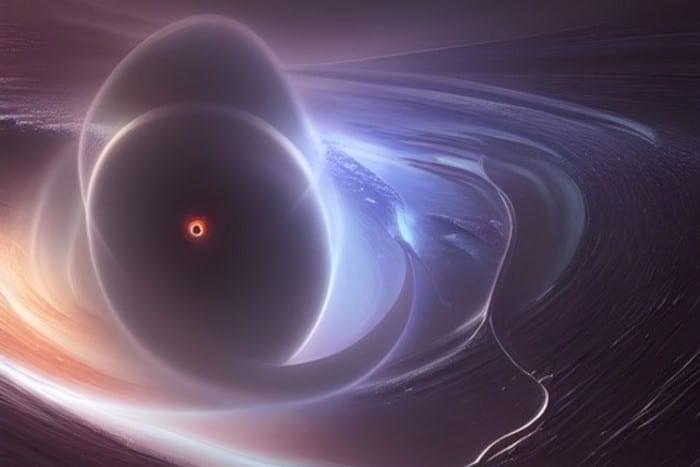
Quantum superposition is not just a property of subatomic particles but also of the most massive objects in the universe. That is the conclusion of four theoretical physicists in Australia and Canada who calculated the hypothetical response of a particle detector placed some distance from a black hole. The researchers say the detector would see novel signs of superimposed space–times, implying that the black hole may have two different masses simultaneously.
Black holes are formed when extremely massive objects like stars collapse to a singularity – a point of infinite density. The gravitational field of a black hole is so great that nothing can escape its clutches, not even light. This creates a spherical region of space around the singularity entirely cut off from the rest of the universe and bounded by what is known as an event horizon.
An active area of research into the physics of black holes seeks to develop a consistent theory of quantum gravity. This is an important goal of theoretical physics that would reconcile quantum mechanics and Einstein’s general theory of relativity. In particular, by considering black holes in quantum superposition, physicists hope to gain insights into the quantum nature of space–time.
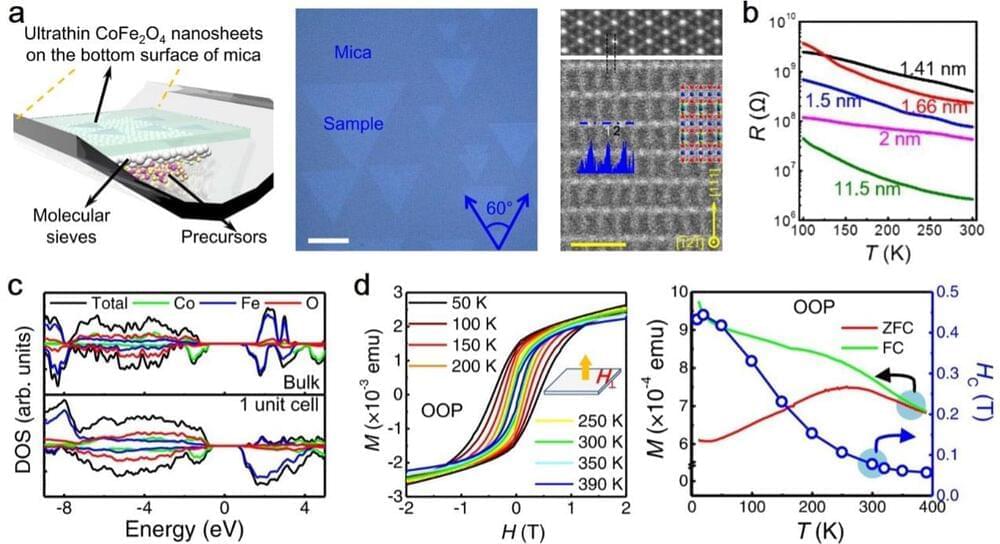
The discovery of magnetism in two-dimensional (2D) ultrathin crystals opens up opportunities to explore new physics and to develop next-generation spintronic devices. However, 2D magnetic semiconductors with Curie temperatures higher than room temperature have rarely been reported. Researchers now show that high-quality, nonlayered cobalt ferrite nanosheets as thin as a single unit cell can be synthesized via van der Waals epitaxy.
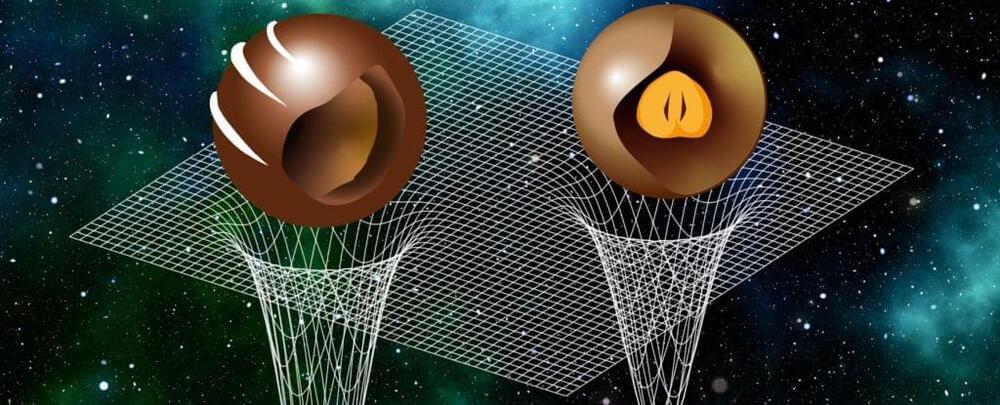
Life isn’t really like a box of chocolates, but it seems that something out there is. Neutron stars – some of the densest objects in the Universe – can have structures very similar to chocolates, with either gooey or hard centers.
What kinds of particle configurations those centers consist of is still unknown, but new theoretical work revealing this surprising result could put us a step closer to understanding the strange guts of these dead stars, and the wild extremes possible in our Universe.
Neutron stars are pretty incredible. If we consider black holes to be objects of immense (if not infinite) concentrations of matter, neutron stars win second place in the Universe’s Most Dense Award. Once a star with a mass of around 8 to 30 times that of the Sun’s runs out of matter to fuse in its core, it’s no longer supported by heat’s outward pressure, allowing the core to collapse under gravity as its shell of surrounding gases drift off into space.

Quantum circuits still can’t outperform classical ones when simulating molecules.
Quantum computers promise to directly simulate systems governed by quantum principles, such as molecules or materials, since the quantum bits themselves are quantum objects. Recent experiments have demonstrated the power of these devices when performing carefully chosen tasks. But a new study shows that for problems of real-world interest, such as calculating the energy states of a cluster of atoms, quantum simulations are no more accurate than those of classical computers [1]. The results offer a benchmark for judging how close quantum computers are to becoming useful tools for chemists and materials scientists.
Richard Feynman proposed the idea of quantum computers in 1982, suggesting they might be used to calculate the properties of quantum matter. Today, quantum processors are available with several hundred quantum bits (qubits), and some can, in principle, represent quantum states that are impossible to encode in any classical device. The 53-qubit Sycamore processor developed by Google has demonstrated the potential to perform calculations in a few days that would take many millennia on current classical computers [2]. But this “quantum advantage” is achieved only for selected computational tasks that play to these devices’ strengths. How well do such quantum computers fare for the sorts of everyday challenges that researchers studying molecules and materials actually wish to solve?
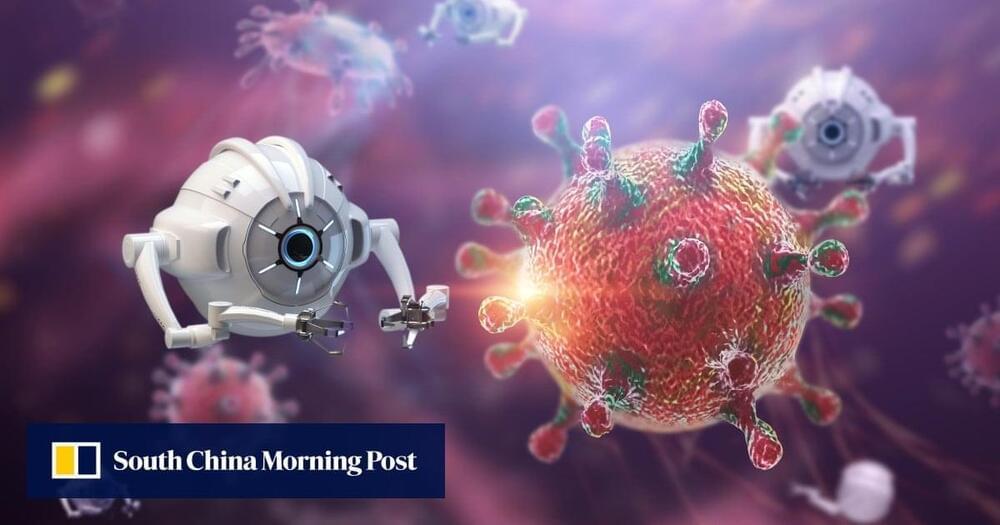

In a recent study, charged atoms, also known as ions, have been found to behave strangely during nuclear fusion reactions, in ways that scientists did not expect.
According to a paper published on November 14 in the journal Nature Physics, researchers at the National Ignition Facility (NIF) at Lawrence Livermore National Laboratory discovered that when deuterium and tritium ions, which are isotopes of hydrogen with one and two neutrons, respectively—are heated using lasers during laser-fusion experiments, there are more ions with higher energies than expected when a thermonuclear burn starts.
“The process of inertial confinement fusion (ICF) squeezes a small (1mm radius) capsule filled with a layer of frozen deuterium and tritium (isotopes of hydrogen) surrounding a volume of deuterium and tritium gas down to a radius of about 30 micrometers. In the process, these isotopes of hydrogen ionize and a plasma of electrons, deuterium and tritium nuclei [is the result],” Edward Hartouni, a physicist at NIF and a co-author of the paper, told Newsweek.

A new kind of black hole analog could tell us a thing or two about an elusive radiation theoretically emitted by the real thing.
Using a chain of atoms in single-file to simulate the event horizon of a black hole, a team of physicists has observed the equivalent of what we call Hawking radiation – particles born from disturbances in the quantum fluctuations caused by the black hole’s break in spacetime.
This, they say, could help resolve the tension between two currently irreconcilable frameworks for describing the Universe: the general theory of relativity, which describes the behavior of gravity as a continuous field known as spacetime; and quantum mechanics, which describes the behavior of discrete particles using the mathematics of probability.
Start learning today with Brilliant! https://brilliant.org/upandatom.
Watch Part 2 over on Isaac Arthur’s channel.
https://www.youtube.com/channel/UCZFipeZtQM5CKUjx6grh54g.
If you’d like to know more about Boltzmann Brains, here are some informative papers:
https://arxiv.org/abs/hep-th/0208013
https://arxiv.org/abs/0704.2630
https://arxiv.org/abs/hep-th/0611271
https://arxiv.org/abs/hep-th/0611043
https://arxiv.org/abs/1708.00449
https://arxiv.org/abs/1702.
Hi! I’m Jade. Subscribe to Up and Atom for physics, math and computer science videos!
*SUBSCRIBE TO UP AND ATOM* https://www.youtube.com/c/upandatom.